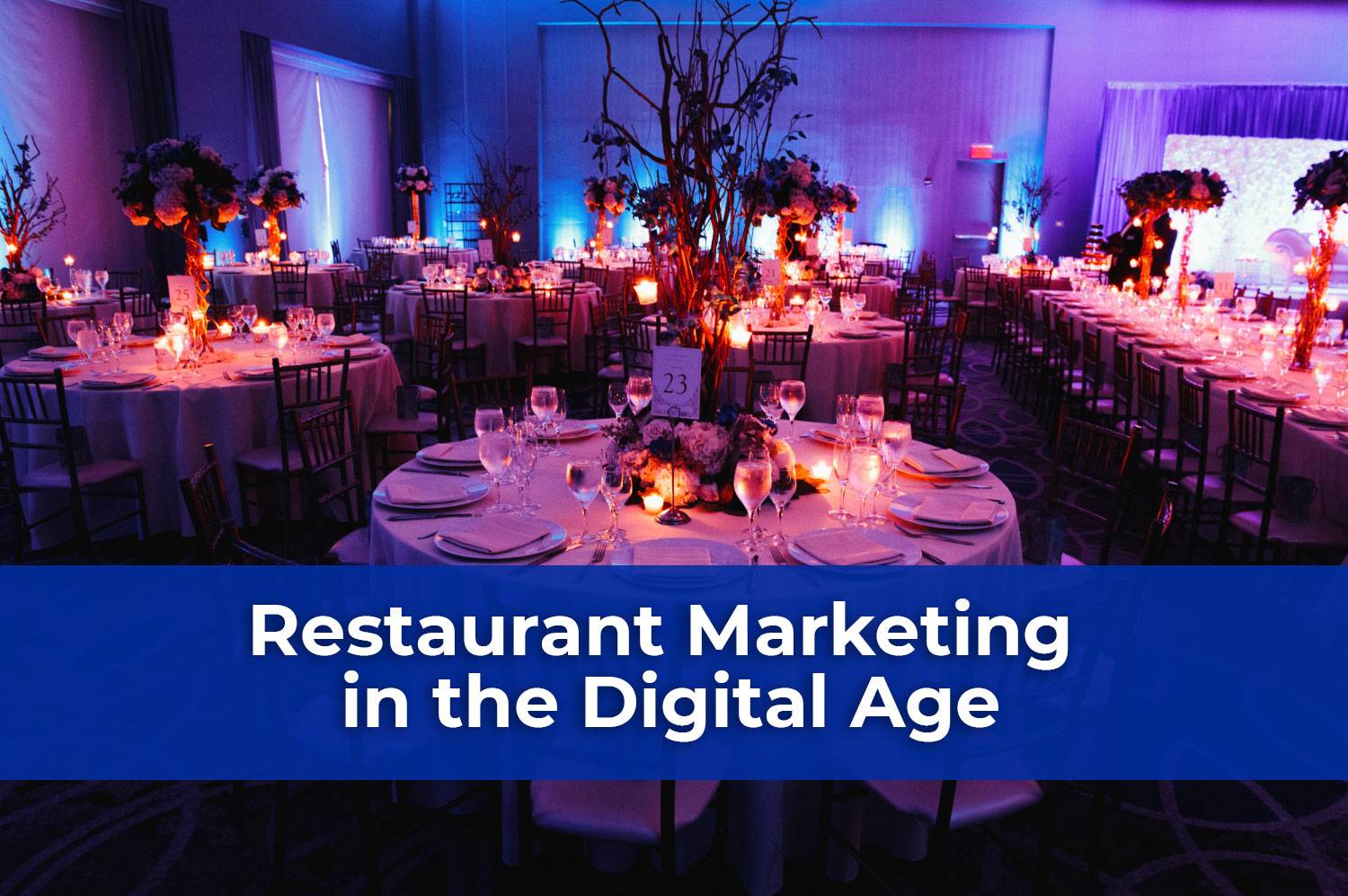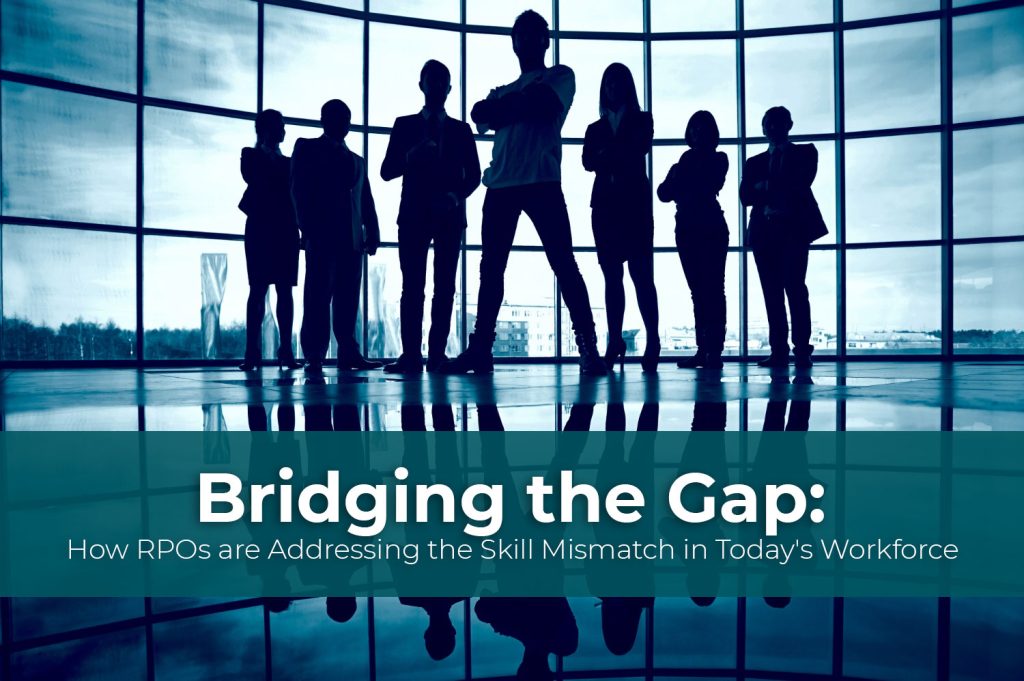
Table of Contents
ToggleIntroduction:
The Evolution of Restaurant Marketing in the Digital Age
By collaborating with local food bloggers or influencers, you can tap into their loyal fan base and significantly enhance your restaurant's visibility.

Why Digital Marketing is Essential for Restaurants
Strategy 1: Building a Strong Online Presence
Strategy 2: Local SEO to Attract Local Foodies
Strategy 3: The Art of Content Marketing for Restaurants
Strategy 4: Leveraging Social Media for Restaurant Promotion
Social media platforms like Instagram, Facebook, and Twitter have become powerful tools for restaurant promotion. These platforms allow you to showcase your menu, ambiance, and the unique dining experiences you offer. By <a href=”https://www.bumsa.com/smm-services/” target=”_blank”>actively engaging with your followers—responding to comments</a>, sharing user-generated content, and hosting contests or giveaways—you can foster a community around your brand.
Strategy 5: Mastering Email Marketing for Repeat Business
Strategy 6: Utilizing Influencer Marketing for Broader Reach
Strategy 7: Reputation Management and Responding to Online Reviews
Strategy 8: Offering Online Ordering and Delivery Options
Strategy 9: Hosting Virtual Events to Boost Engagement
Strategy 10: Creating a Loyalty Program for Your Regulars
Strategy 11: Exploring Paid Advertising for Instant Visibility
While organic strategies are essential for long-term growth, <a href=”https://www.bumsa.com/ppc-services/” target=”_blank”>paid advertising</a> can give your restaurant immediate visibility. Platforms like Google AdWords or social media advertisements allow you to target specific demographics, ensuring your ads are seen by potential customers who are likely to be interested in your restaurant. With clear call-to-actions and enticing offers, paid ads can drive traffic to your website or social media pages, resulting in more reservations and orders.
Strategy 12: Using Data Analytics to Improve Marketing Decisions
Strategy 13: Collaborations and Partnerships for Mutual Growth
Strategy 14: Using Interactive Media to Engage Customers
Strategy 15: Offering Personalized Deals and Promotions
Conclusion:
Embracing Digital Transformation in the Restaurant Industry
The digital landscape offers an endless array of opportunities for restaurants to connect with and engage their customers. The integration of these digital marketing strategies can help restaurants increase their online visibility, cultivate a loyal customer base, and drive business growth in an increasingly competitive market.
Keep Adapting, Keep Growing
Remember that the right blend of strategies will vary for each restaurant. What works for one restaurant may not work for another. Therefore, it’s important to assess the effectiveness of each strategy regularly and adjust your approach as needed. Whether it’s engaging with customers on social media, optimizing your website for local SEO, or hosting virtual events, every initiative brings you one step closer to your goal.an make them feel seen and appreciated. This could mean offering a discount on a customer’s favorite dish or sending them a special offer on their birthday. By incorporating personalization into your digital marketing strategies, you increase customer satisfaction and loyalty, resulting in repeat business.





























